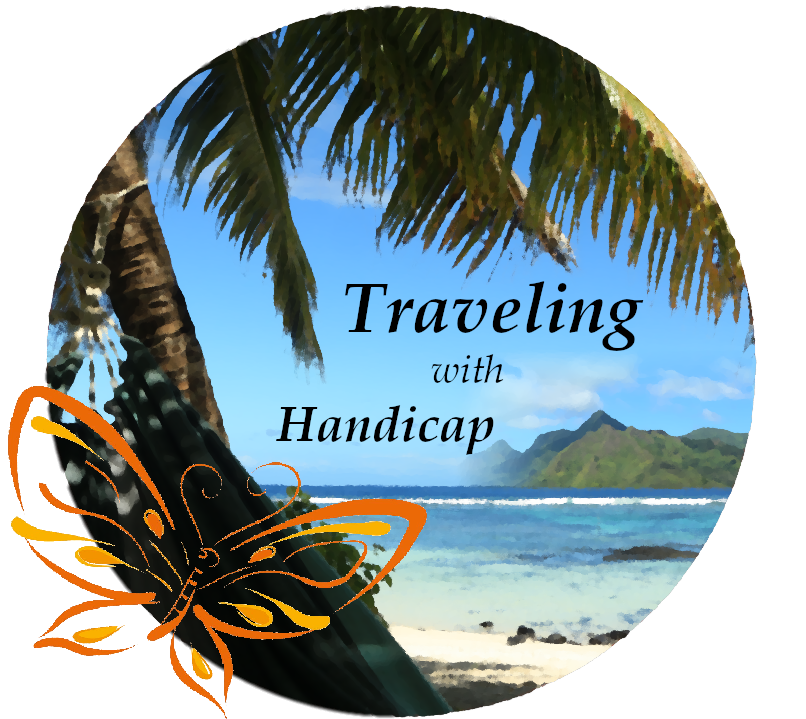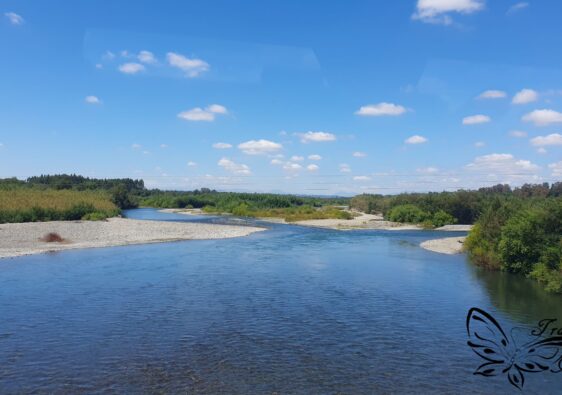Everybody needs to go to Mongolia just to see what it is to be a human being again
Milla Jovovich
There are different opinions regarding Mongolia’s capital city, Ulaanbaatar. Some people call it “the most ugly capital of the world”. However, others like me would call it an impressive mix of styles. It solely depends on your perspective, the eye of the beholder, how you perceive the combination of:
- grim, Soviet-style concrete high-rises, straggly slum-shanties, towering coal-fired power plants belching out smoke over the city reeks,
- as well as fancy skyscraper buildings, Ger tents alternating with houses, neoclassical parliament buildings, and ancient Buddhist temples.
I consider Ulaanbaatar as one of the world’s most alluring places. There are indeed some surprising facts about Mongolia’s capital city which I would like to share with you.





Some (more or less) surprising facts about Ulaanbaatar
Some basic facts
- A total number of 1.5 million people lived in Ulaanbaatar in 2019, about half of all Mongolian inhabitants. Ulaanbaatar has been designed for half a million people. Therefore, it is simply bursting at the seams.
- The city of Ulaanbaatar covers a total area of 4.7 km².
- Due to its average altitude of 1350 m above sea level, its distance to any Ocean and its vicinity to Siberia, Ulaanbaatar counts as the coldest capital in the world.
- The central square of Mongolia’s capital Ulaanbaatar is the Sukhbaatar Square, relating to Mongolian’s revolutionary hero Damdin Sukhbaatar shortly after his death in 1923.
- Ulaanbaatar is the center of Mongolia’s road network and connected by rail to both the Trans-Siberian Railway in Russia and the Chinese railway system.
- Mongolia’s international Airport is the Chinghis Khaan intl. Airport, started its operations in July 2021. It is located in the Khöshig Valley of Sergelen, 52 km south of Ulaanbaatar. The former international Airport, Buyant-Ukhaa intl. Airport, now has the role of a backup and training airport since 2021.
Historical facts
- Traditionally, the capital of Mongolia moved around, as the Nomad people moved around. Until the late 18th century, the capital has not been Ulaanbaatar, but different places ad different locations within the country. In 1778, the capital settled permanently at its present location, the junction of the Tuul and Selbe rivers.
- Mongolia first proclaimed its independence from China in 1911, the capital city remained the capital of “Outer Mongolia”. It was renamed to Niislel Khuree (Capital Camp). “Inner Mongolia” was kept by China.
- The Chinese invaded Mongolia in 1918, as three years later, the Russians.
- When Mongolia was declared a people’s republic in 1924, the capital city Da Khure became Ulaanbaatar, which means “Red Hero.”
- With Soviet help, Ulaanbaatar (of our days) was planned (for half a million inhabitants), and its central feature was Sukhbaatar Square, with a Neoclassic government building, a history museum, and the national theater.
Inconvenient facts
- The Mongolian capital holds the dubious honor to be the fourth most polluted capital city in the world.
- The infrastructure of Ulaanbaatar is poor, as it is for whole Mongolia. Since both Russia and China provide food or tools to Mongolia, there is no true need to develop their own country further.
- The road system of Ulaanbaatar is used by three times as many people as it has been established for. Certainly, the traffic is really awful. During rush hour, even a short trip of 4 km might easily take you more than one hour. Cars squeeze into any spot they find, never leaving any inch of space, or, heaven forbid, letting another car in. If you are able to walk the distance, you might be faster than by car or one of the public busses (of a baffling network). Consider the traffic delays if you are planning to leave Ulaanbaatar by train or plane.
Surprising facts
- Ulaanbaatar nightlife! Mongolians are great at partying, head out to the numerous clubs in town to have a good time. You’ll be rewarded by cheap drinks and good dancing. There are also multiple Karaoke Bars (East Asian Style) to spend the whole night with a group of friends. Some better clubs are within the skyscrapers in the center of town, if you prefer the fancier style.
- The restaurant scene ranges from traditional Mongolian (Modern Nomads, Mongolians, Ayanchin) over Italian, Indian, American, … to a lot of Korean places. The variety of food is quite stunning and of good quality. I personally went to an Indian place more often and was thrilled finding a German restaurant selling Brezen.
- There are also great Spas within Ulaanbaatar, for example the Gobi Day Spa. I didn’t check out any spa myself, you might do so if you need a wellness day to relax after returning from a trip to the great and dry Gobi Desert.
- The most fascinating aspect to me was the variety in architecture. Ulaanbaatar offers very new and modern business skyscrapers in the center of town, with communist era buildings in the close neighborhood and ancient Buddhist temples across the city. Some nomad people moving to Ulaanbaatar have brought their Gers instead of moving to apartments. There are also modern apartment buildings next to the neoclassical Sukhbaatar Square with the Parliament building.
6 recommendations to check out in Ulaanbaatar
1) State Department Store
The State Department Store is a really cool communist era building, probably the nicest one. I recommend to not only look at the building from the outside, but instead to enter it. You will find a huge food store offering plenty of German products as well as convenience stores, banks, apparel stores, kids’ stuff, restaurants, HIFI, a coffee shop etc. If you are staying in a hostel and need to prepare your own food, this is the place to go to get anything you need.


2) Gandantegchinlen Monastery
The monastery not only consists of a temple but extends over a bigger area. While checking out some ancient Buddhist temples, you will see the 25 m high golden statue of Megjid Janraisig, a Buddhist goddess. Check out the Idgaachoinzingling Datsan, the Duinkhor Datsan, the Gungaachoilin Datsan, the Dashchoimpil Datsan, and the Jud Datsan. The central temple of the monastery is Avalokiteśvara Temple, in which you will find the mentioned statue.
This monastery is the center of the whole Mongolian Buddhist community. Therefore, there is both a Buddhist university, and a big central community hall. During my visit, there was the “11th general assembly and 50th anniversary of the Asian Buddhist conference for piece “rejuvenation and way forward”, ABCP Headquarters” event happening in the community hall. Therefore, it was really busy. I don’t expect as many people or tourists during days without conferences.




3) Sukhbaatar Square & Parliament
The neoclassical architecture of the Parliament building and other adjacent buildings around and nearby the Sukhbaatar Square impressed me by their sleekness. In contrary to bedraggled communist-era buildings in the surrounding streets, the political center of the country appeared decked out. Until the beginning of the 20th century, the huge Ikh Khüree Buddhist monastery covered the complete area of Sukhbaatar Square and its adjacent buildings.


4) Business Center
From my perspective, Ulaanbaatar’s business center reaches from the Chinggis Avenue to the Olympic Street, starting at the Peace Avenue and reaching to the south (against Sukhbaatar Square). Buildings of this area consist of both very new and modern skyscrapers, neoclassical buildings containing theaters or libraries, and communist-era buildings for museums, restaurants, or living. From the Tsedenbal Square Park, you have a nice perspective upon the modern skyscrapers of Ulaanbaatar, including the “Ulaanbaatar”-Sign you see on my cover image.
If you urge resting in a little green spot, I recommend the Chinggis Khan Garden, connecting the Sukhbaatar Square to the Peace Avenue. Another option would be the Ulaanbaatar Public Park. The air will still feel polluted, however, the shade of green trees feels refreshing.



5) Peace Bridge
As you continue walking along Chinggis Avenue approaching the railway lines, you will get to Peace Bridge. I didn’t plan to walk there in the first place, however, differently looking buildings attracted me. Watching from the Peace Bridge onto the railway, I was impressed by the single-track completely straight railway line reaching to infinity. Next to it, I identified some “train graveyard”, with multiple (parts of) trains just rusting and falling to pieces.
After crossing the Peace Bridge, you will sojourn in an area of new apartment blocks. Only thanks to my previous travels to South Korea, I was able to identify the building style as being similar to the Korean style. Even if Koreans build a lot higher skyscrapers, the existing ones were already high for Mongolian and Ulaanbaatar’s circumstances. I doubt that the communist-era buildings remain for too many more years, they all look so broken and sleazy. For as long as they remain inhabitable, I don’t expect any investments into rebuilding higher quality houses, though.


6) Dining and Nightlife
Multiple high quality restaurants are located between the State Department Store and Chinggis Avenue, as well as along the Бага тойруу street. If you are not in the mood for burgers, walk a few meters, and you will find another restaurant of any other nationality. I preferred the Indian place called “Namaste Baga Toiruu”, from the Namaste chain. There are multiple restaurants of this chain distributed across Ulaanbaatar. Even after dinner, you may stay within this area as there are plenty of bars to hang out during the night.
I enjoyed the east Asian style of Karaoke nights: you go to a Karaoke bar and rent a room for a specific amount of hours. Each room contains a TV, microphones, and a screen to scroll through all available songs. The rooms are also equipped with some comfortable seating and a table. You buy all drinks from the bar, they bring it into your room, and you can stay and have fun with your group without being disturbed by any others.




